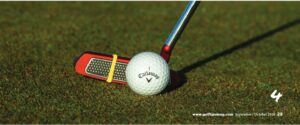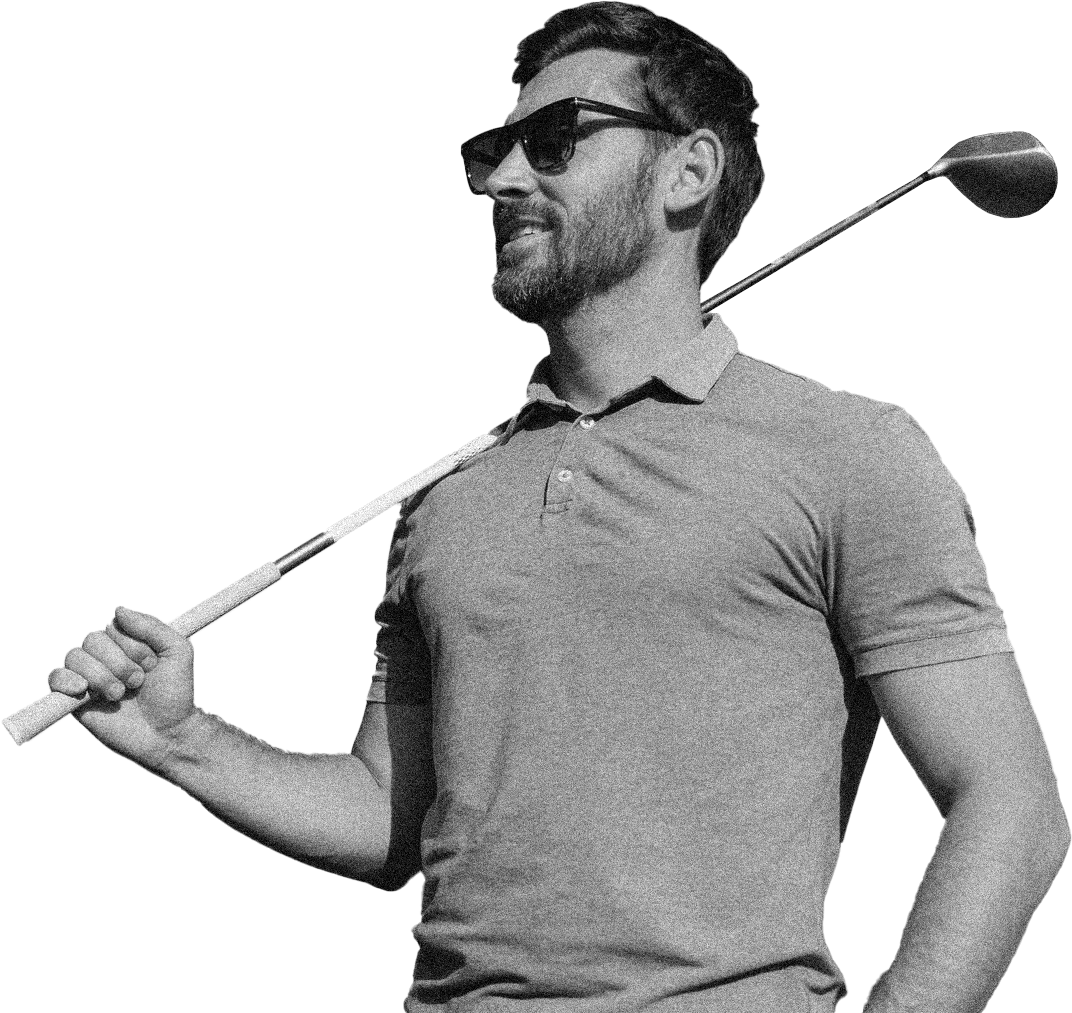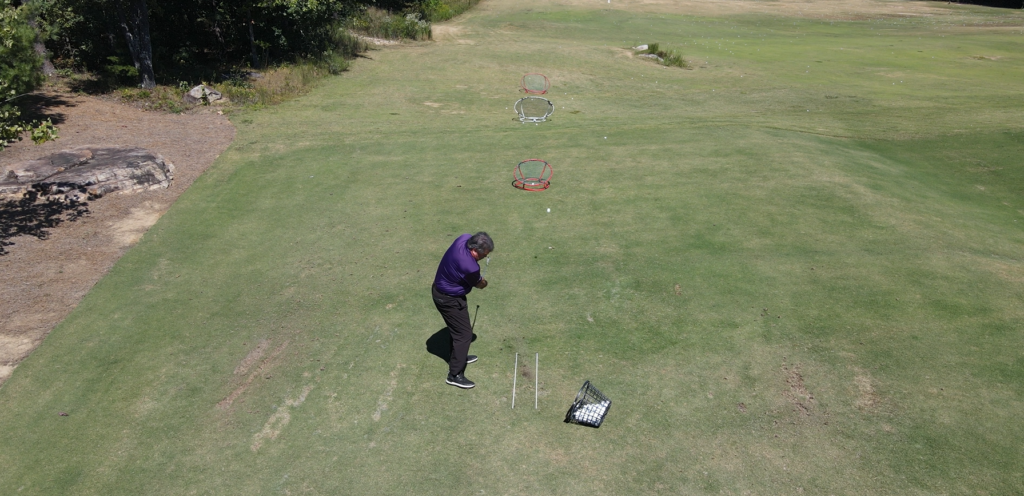Mastering Your Draws and Fades: Targeting Techniques for Better Golf Shots
As a golf instructor in Orlando, and at McLemore, I’m often asked about how to hit a draw and a fade golf shot. Both shot shapes can greatly influence any golfer’s enjoyment of the game of golf. But understanding how to hit a draw and a fade from a pure physics standpoint is one thing. Knowing how and where to aim either shot is another. The success rate of you hitting a good draw or fade depends upon 2 factors. Your ability to control the curvature of the ball flight. And your ability to properly predict the curvature of ball flight relative to where you’ll aim each shot. Within this month’s post, we’ll dive into how you hit each shot shape from a physics standpoint. And understand how to play these shots “off” targets versus at your target.
What is a Draw and a Fade?
From a simplicity perspective, below are the definitions of each shot. And some of the items you need to know to physically hit and control each shot. Keep in mind the set-up variations to each are based upon you already having a standardized set up routine for a normal shot,
Draw
For the right-handed golfer, a “draw” is a golf shot that curves gently from right to left. The opposite for the left-handed golfer is a gentle left to right curve. Hitting a well-controlled draw results in:
- A shot that begins its curvature at the apex or top of the shot.
- A golf shot that if aimed at your target will land left of your target for the right-handed golfer, right of target for the left-handed golfer.
- A draw could travel lower and further than a straight or fade shot due to the club being closed at impact, relative to your swing path. This results in less loft of the club at impact and more transference of energy to the golf ball.
Fade
For the right-handed golfer, a fade curves gently from left to right. For the left-handed golfer the opposite, right to left. A well-controlled fade results in:
- Like the draw, curvature of the shot will begin at the apex of the ball flight.
- If the shot is aimed at your target the ball will land right of target for the right-handed golfer and left of target for the left-handed golfer.
- A fade tends to travel higher and shorter because the face of the club at impact is open, relative to your swing path. Resulting in added loft of the club at impact. And less transfer of energy from the club to the golf ball.
Before You Learn How to Hit a Draw or Fade, What is Your Natural Shot Shape and Why?
You do have a natural shot shape. And you must understand that shot shape and why it happens most often, before you begin the journey of shaping your shots.
As a general statement, most amateur golfers who score above 80 have a natural fade or slice to their ball flight. This occurs because:
- The direction you swing the club, known as swing path, is from the outside to the inside. Commonly referred to as “over the top” an outside to inside swing path approaches the golf ball steeper than an inside to outside swing path. Your tendency to swing the club from outside to inside has numerous causes. But for the most part is caused by the bottom hand on the grip being the major influence to your entire swing. As well as most probably swinging with your upper torso, shoulders, and arms. Versus using your lower body as an equal partner in your swing.
- At impact, the club face is open to your swing path. Combined with a steeper swing following an outside to inside path produces a glancing blow to the ball. The glance in turn produces more spin rotating on a tilted axis, creating the curvature of a fade. Depending upon the severity of the path direction and how open the club face is to the path, you could produce a very uncontrollable slice.Your tendency to leave the club open also has numerous causes which include the position of the top hand of your grip relative to the leading edge of the golf club. As well as wanting to use the bottom hand to “steer” the club as it approaches the golf ball.
Why is This Information Important?
Realize that it will be easier to learn to control the flight of your current curvature. Than to create the opposite curvature consistently. And it all starts with controlling the face of the club at impact. Not the path.
At an average amateur level, if you can learn what the club face is doing and learn to minimize the severity of your curvature, you’re on your way to learning to shape your shots. But realize to truly be able to call upon a certain shot shape, your body will need to be in a condition to allow for the path of the club to change on command. And this takes longer and is harder to do than controlling the club face at impact.
How to Hit Draws and Fades to Your Target
If you have a standardized set up routine that places you in a parallel position to your target line at address, hitting draws and fades at your target should be relatively easy. Keep everything in your set up the same. Accept close or open the face of the golf club at address to achieve the desired curvature to your ball flight.
Realize that when you aim directly at your target and use your natural ball flight. Or desire to draw or fade the golf ball, chances are the ball will end up somewhere other than close to your intended target. In some situations, this is a good thing. Such as you naturally hit a draw, so you aim to a tucked right pin position so your ball lands in the middle of the green.
But what most amateurs do not realize is aiming dead at your intended target with a ball flight shape that will take the ball away from your target is counterproductive. And most likely the cause of your missed fairways and greens.
Here’s how you can effectively use this approach to make sure your ball flight lands in a place that provides you an opportunity to score better, aiming at your intended target.
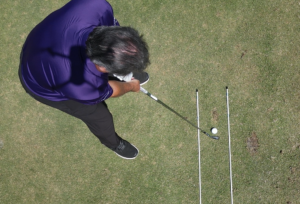
Hit a Draw to Your Target
- Setup: Set up as always parallel to your target line. Then adjust your set up to be slightly closed to your target line, keeping the ball position the same. You only need to close 3° to 5° to allow this method to work for you. Most golfers aim more closed than that, resulting in overly compensating in their swings to get the ball back anywhere close to the target.
- Club Face: Set up or aim the clubface square to your target line. The club face controls the direction the ball will start, so aiming it at the target ensures that the ball starts where you want it to.
- Swing Path: Swing along your body alignment, which is to the right of the target. Because you closed your body to the target line, you create a more of an inside to outside swing path. Combined with a square clubface to the target, this set up variation will impart the correct spin axis tilt to create a draw.
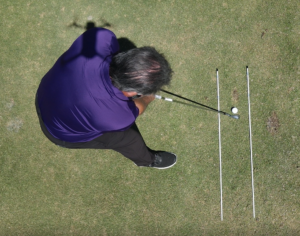
Hit a Fade to Your Target
- Setup: Set up as always parallel to your target line. Then make the opposite adjustment of hitting a draw. Adjust your body to be slightly open to your target line.
- Club Face: Like the draw, the club face should be aimed at the target.
- Swing Path: Swing along your body alignment. Doing so creates an outside to inside path due to your body alignment. Combined with the face being square to your target line, the spin axis of the ball creates the fade you’re trying to control.
How to Hit Draws and Fades Off of Your Target
Sometimes, hitting a golf shot to a specific target isn’t practical. Obstacles, hazards, or wind conditions can make hitting curved shots off a target mandatory. In these cases, you may need to aim off of your target to compensate for your draw or fade.
But what most golfer forget is their natural ball flight tendency. And playing the tendency to a small target requires you to aim to a target that is not your intended or final target. Allowing your natural ball flight to land more accurately to your intended target.
How do you hit draws or fades off your intended target? Easy! Pick a target left or right of where you want the ball to land and aim to it based upon the shot curvature you’re attempting to create.
I Already Aim Off Target!
If you’re playing smarter with the current skills you possess, you probably are aiming at objects away from your intended target to allow your ball flight to land where you want it to. That’s a good thing!
Very often at John Hughes Golf, I see golfers with severe ball flight curvature in either direction taking dead aim at their intended target, wondering why the ball missed their target. It’s because the ball curved off target during flight. Using this same principle to your advantage can make ball flight management easier to understand. And apply it to your game when it counts.
Tips for Better Accuracy
Control of your ball flight curvature requires a few salient points you should take into serious consideration before attempting to do so during a round of golf.
- Practice – The best way to get comfortable with the techniques detailed in this blog post is to practice the techniques regularly, at the practice facility first. Work on the adjustments to your standard set
 up. And understand how much making an adjustment could possibly be too much of an adjustment. Relative to your desired outcome of curvature. Observe and objectively evaluate how different adjustments affect your shots.
up. And understand how much making an adjustment could possibly be too much of an adjustment. Relative to your desired outcome of curvature. Observe and objectively evaluate how different adjustments affect your shots. - Practicing on the Course – Transfer your practice skills to the course when score is not critical. Use the knowledge you gained at the practice facility to plan and perform draws and fades. Both at and off your intended target. Dogleg holes are great ways to carry out this skill transfer to the course.
- Environmental Conditions – Both at the practice and on the course, you must consider wind velocity and direction as factors that can influence any shot. The same applies when attempting to curve a shot while on the course. So too can wet and dry fairway and green conditions affect the outcome of a curved shot. Wet fairways limit release and roll of the golf ball. While dryer conditions produce the opposite.
Conclusion
Mastering how to hit draws and fades effectively involves more than just a good swing. It requires precise alignment and targeting. Understanding how to aim off of or to your target based on your shot shape, you can improve your accuracy. And your ability to manage challenging course conditions more effectively. Practice these techniques, and soon you’ll find that shaping your shots to navigate the course becomes second nature.
If you want to learn how to hit draws and fades, schedule a coaching session with John Hughes Golf! Contact John at John@JohnHughesGolf.com or 407-852-8547. Availability is limited so best to schedule your draw and fade coaching session soon.


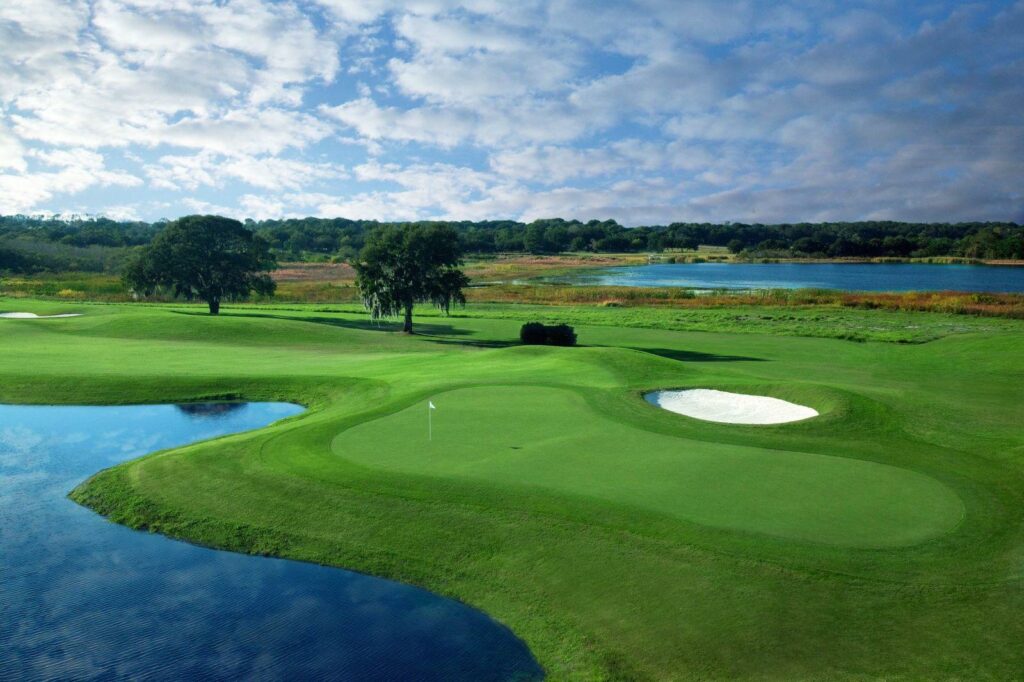
 up. And understand how much making an adjustment could possibly be too much of an adjustment. Relative to your desired outcome of curvature. Observe and objectively evaluate how different adjustments affect your shots.
up. And understand how much making an adjustment could possibly be too much of an adjustment. Relative to your desired outcome of curvature. Observe and objectively evaluate how different adjustments affect your shots.